- 8 January 2024
- 1407 defa okundu.
Phoenix: The New 3D-printed Concrete Bridge
The new Phoenix bridge represents the evolution of the Striatus, the first-of-its-kind 3D-printed concrete bridge presented during the 2021 Venice Architecture Biennale.
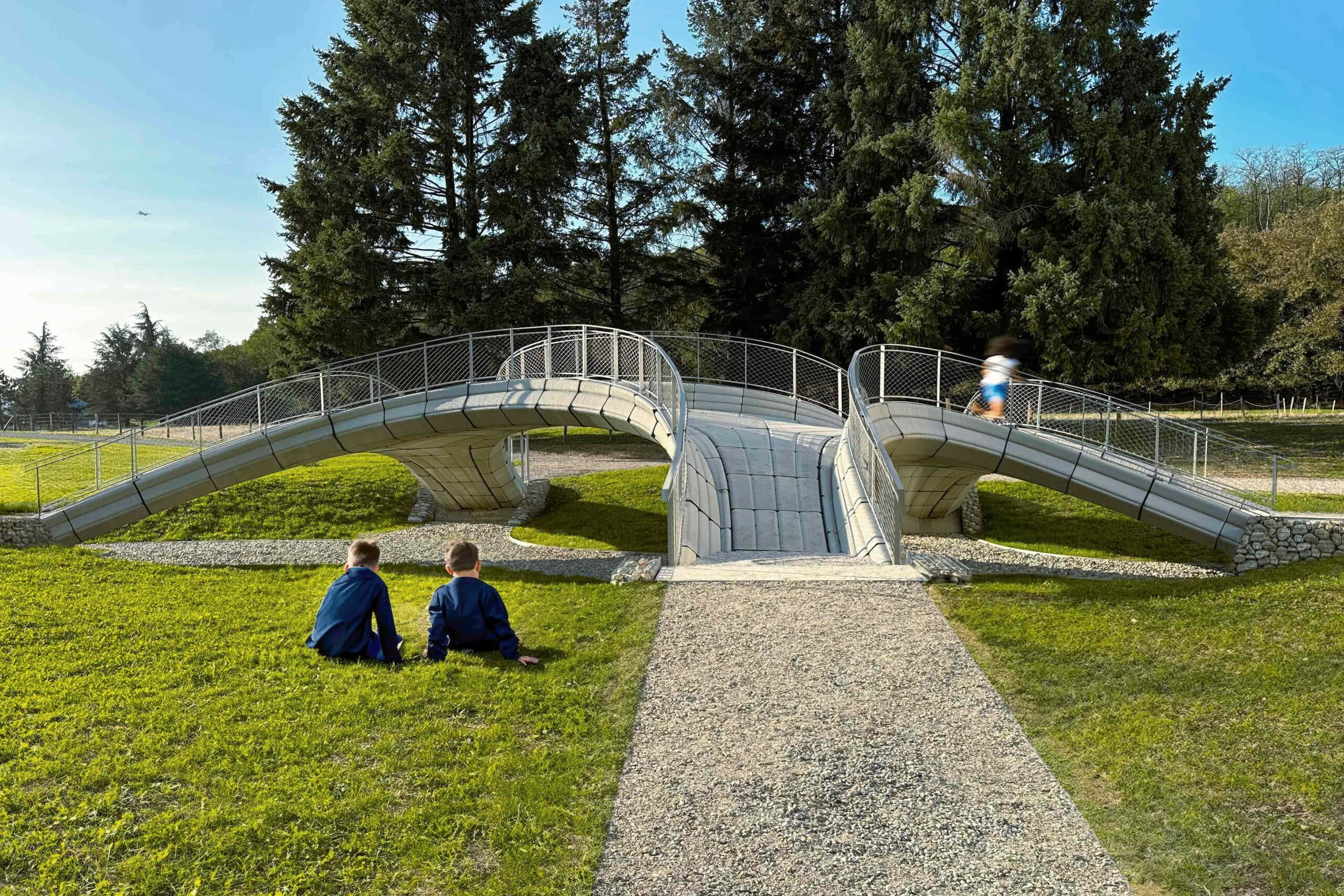
Building on the innovations of the Striatus bridge, Phoenix is constructed from 10 tons of recycled materials, including recycled aggregates from the original blocks of Striatus.
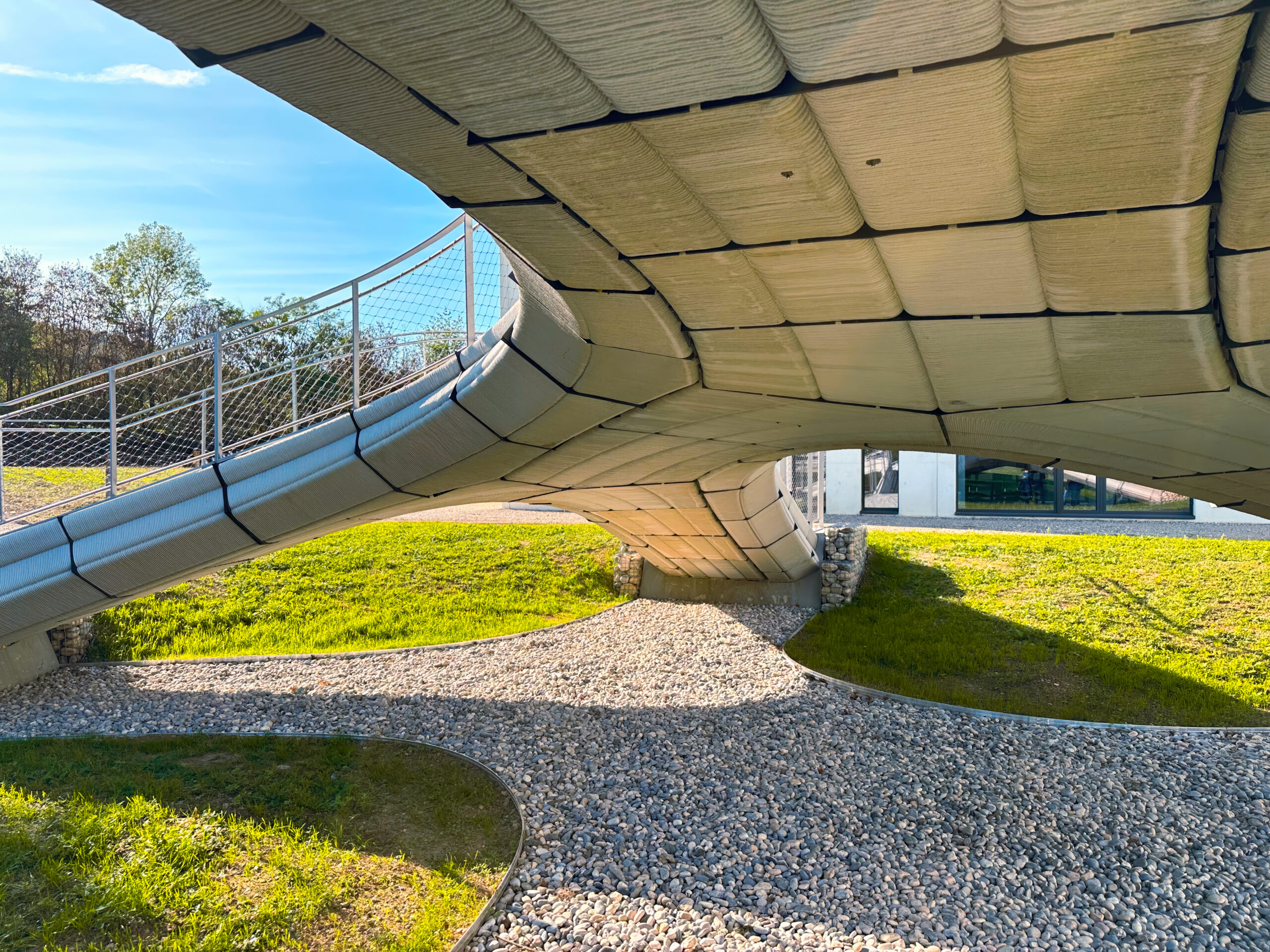
Using its ECOCycle circular technology, Holcim developed a proprietary concrete ink for Phoenix that incorporates an optimized low-carbon formulation with a 40% lower CO2 footprint compared to the 2021 Striatus bridge and an overall carbon footprint that is 25% lower than the original structure.
Circular construction, using computational design and 3D printing, allows for a reduction of up to 50% of the materials used with no compromise in performance.
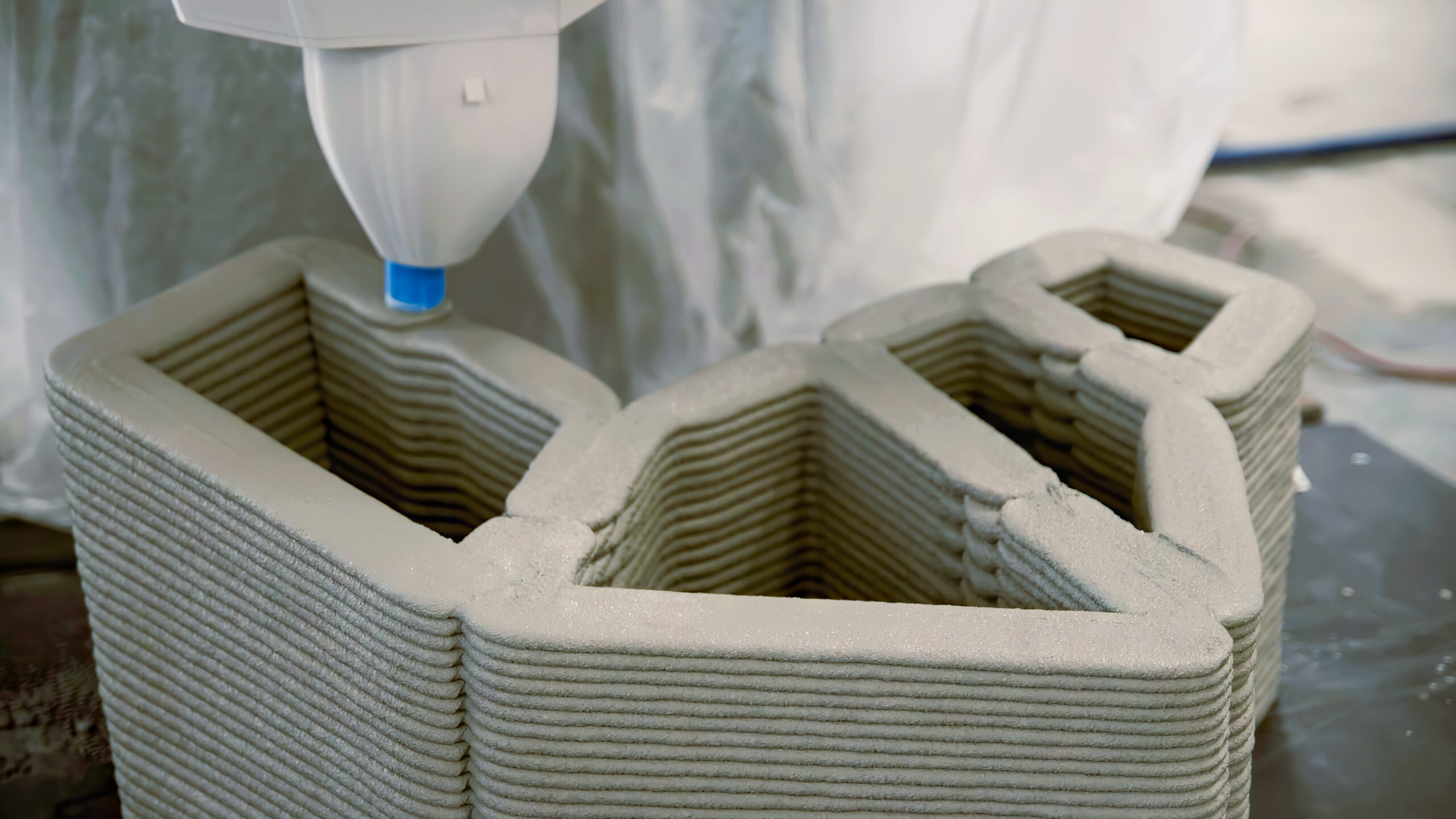
Circular by design, Phoenix stands solely through compression without reinforcement, with blocks that can be easily disassembled and recycled.
Constructed at Holcim’s Innovation Hub, in Lyon, Pheonix is a collaboration between Holcim, Block Research Group at ETH Zurich, Zaha Hadid Architects Computation and Design Group (ZHA CODE) and incremental3D.
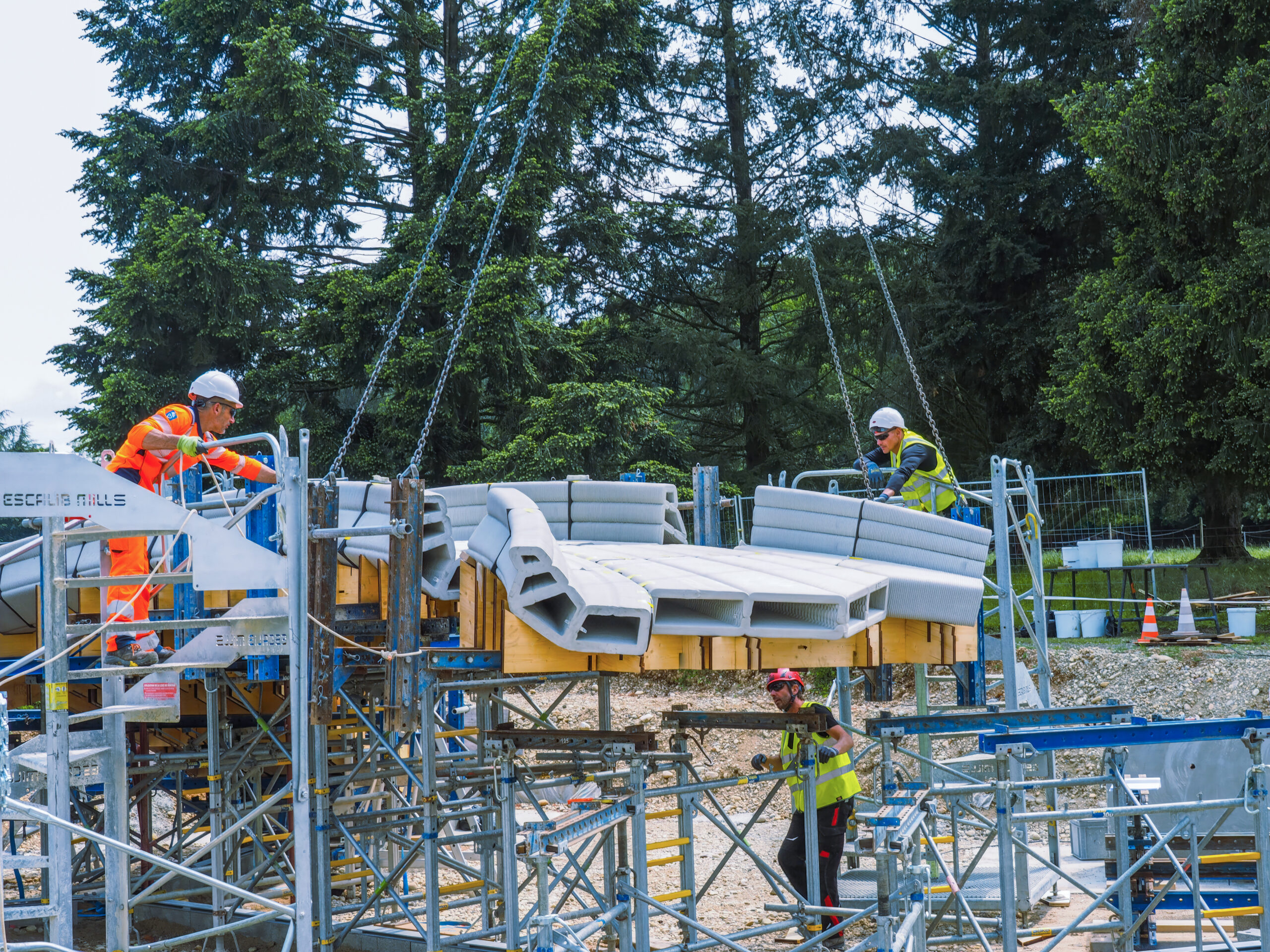
Demonstrating circular construction combined with 3D concrete printing offers significant carbon reductions, the Pheonix bridge is the latest milestone by Holcim and its partners in their work to develop low-carbon structural solutions at every scale.
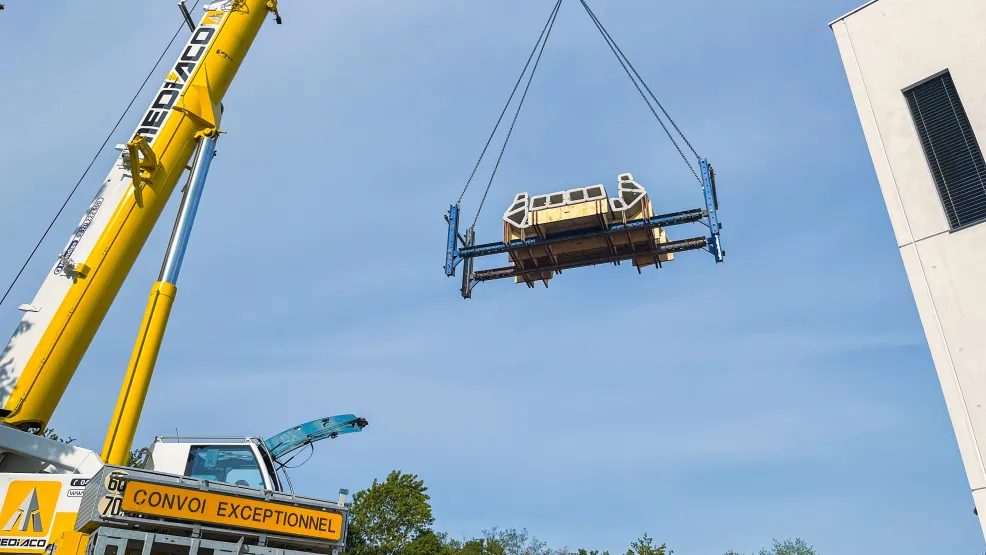
Edelio Bermejo, Head of Global R&D, Holcim: “I am thrilled to unveil Phoenix, the result of a fruitful collaboration with our partners to meet a common goal: demonstrating that essential infrastructure can be designed and built in a way that is circular and low-carbon today. This project showcases the impact that innovation can have in Holcim’s mission to decarbonize building for a net-zero future.”
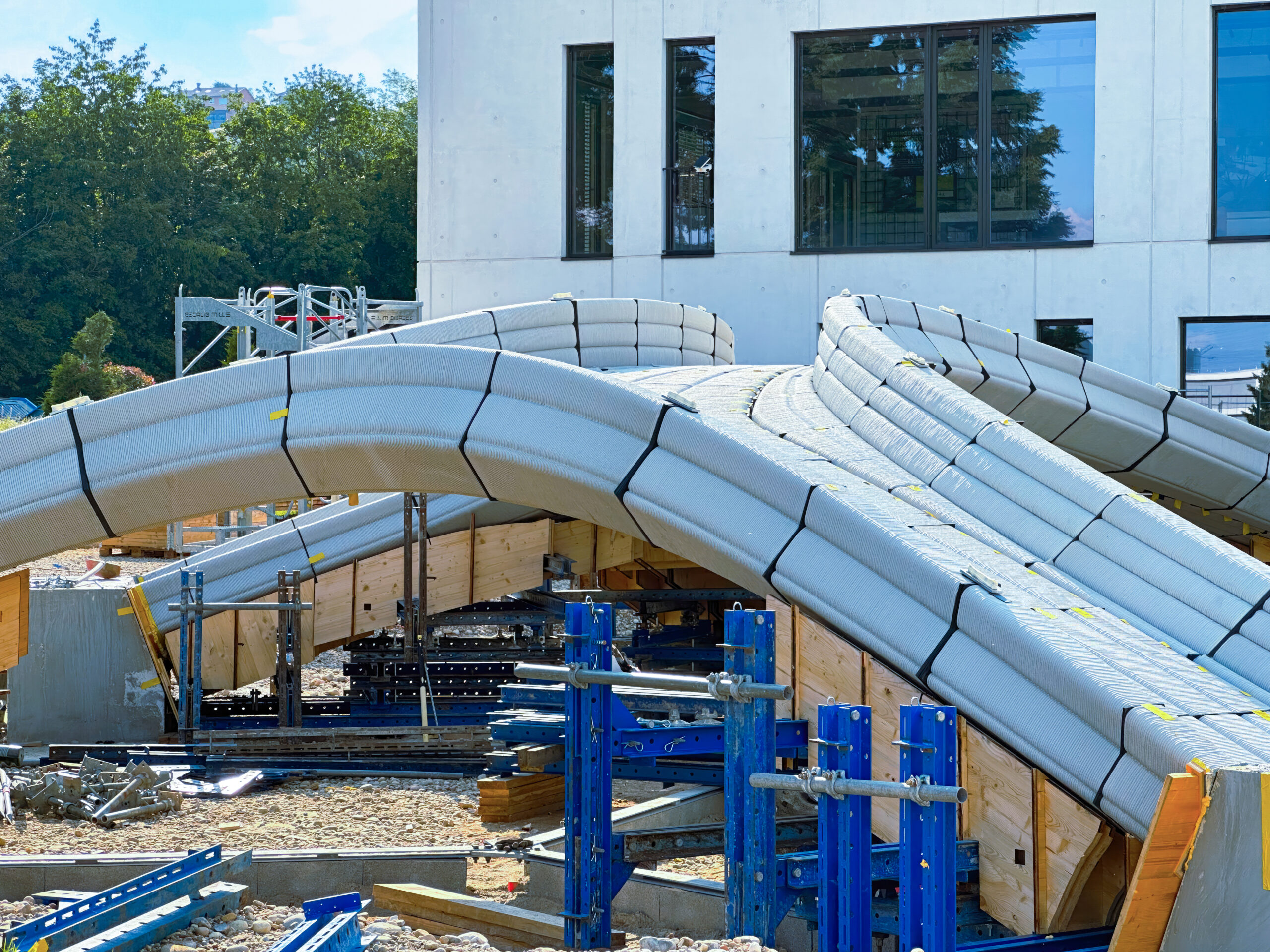
Philippe Block, Co-Director, Block Research Group at ETH Zurich: “Concrete is an artificial stone, and like stone, it does not want to be a straight beam, it wants to be a masonry arch. Following these historical principles allows us to keep materials separated for easy recycling and to dry-assemble the structure for easy deconstruction and reuse. 3D concrete printing allows us to use material only and exactly where needed. The result is a sustainable and truly circular approach to concrete construction.”
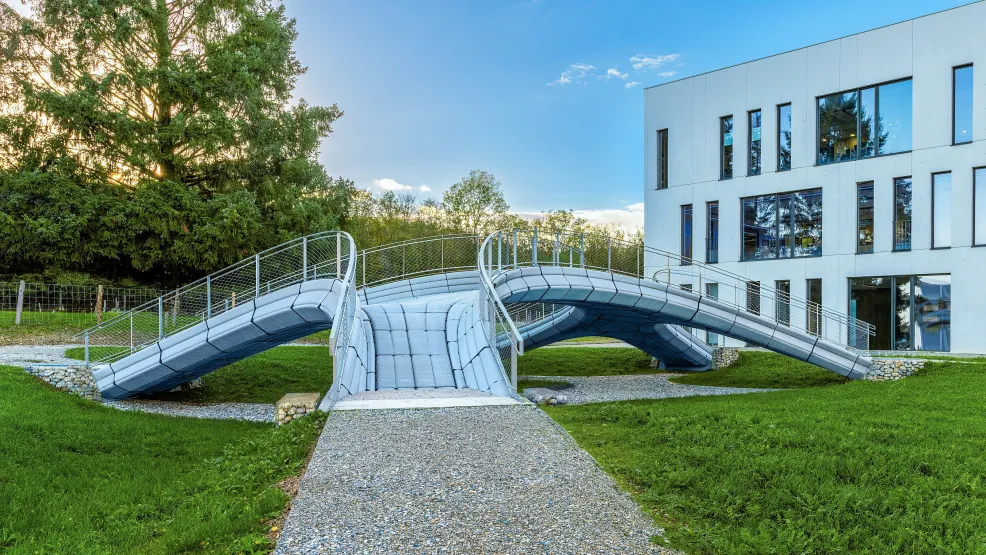
Shajay Bhooshan, Head of Computation and Design Group, Zaha Hadid Architects: “Phoenix is a significant milestone in technology readiness. It showcases the maturation of integrated design to construction technologies that were initiated with Striatus. There have been improvements in the robustness of the digital design tools, closer alignment with the numerous structural design and circularity-related improvements, tighter integration with robotic concrete printing parameters and extensive calibration to improve efficiency of production of almost double the number of blocks in less printing time.”
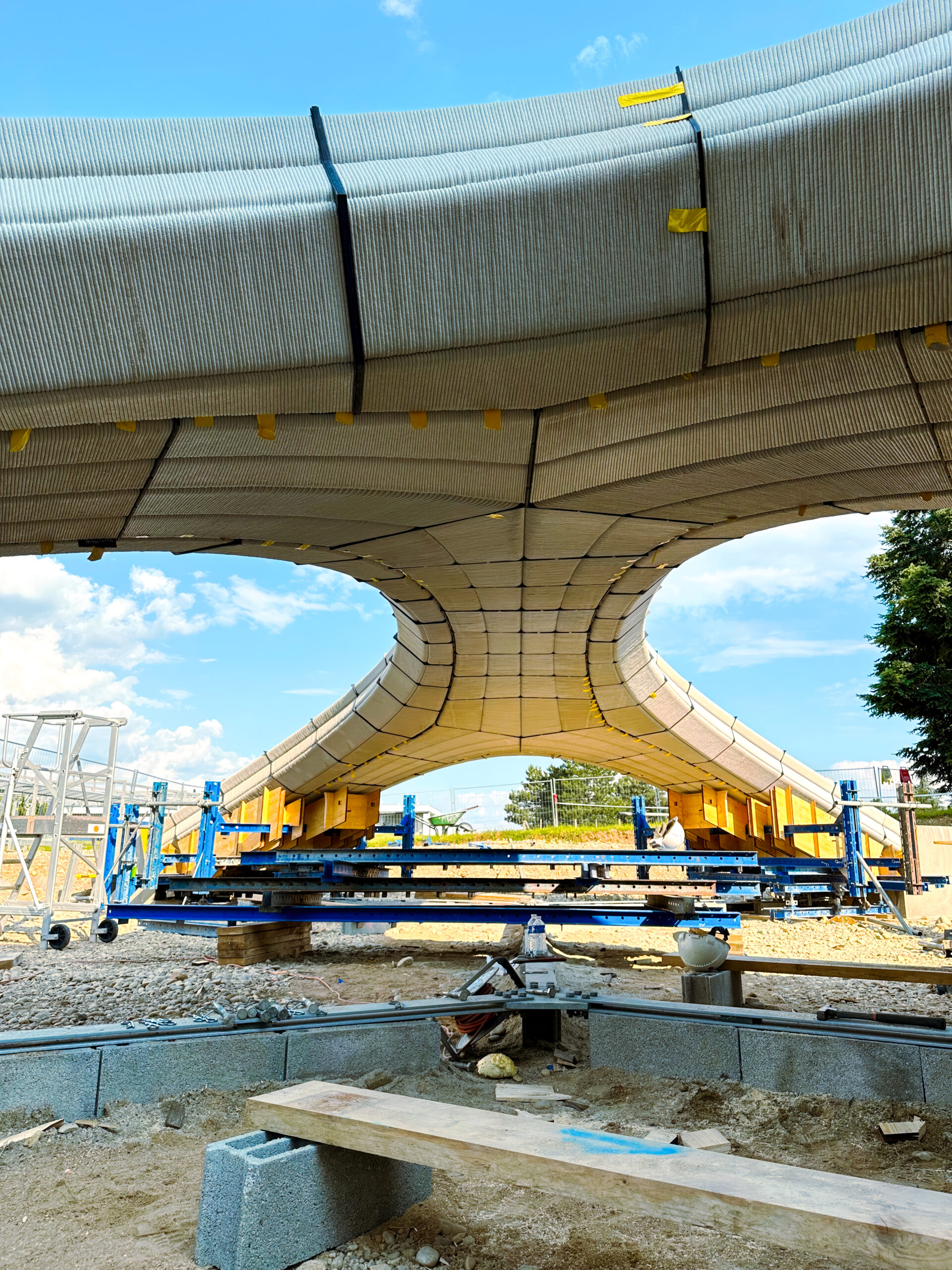
Johannes Megens, Co-Founder, incremental3D: “Thanks to its design principles, Striatus already represented 3D concrete printing in its purest possible form. Now, after two years and in its second iteration, Phoenix adds a largely reduced carbon footprint and permanence according to building codes along with many other further improvements. Consequently we, the incremental3d team, are very excited about Phoenix and we are looking forward to many other projects that will evolve in similar spirit.”
Striatus – a first of its kind 3D concrete printed arched bridge – now open

